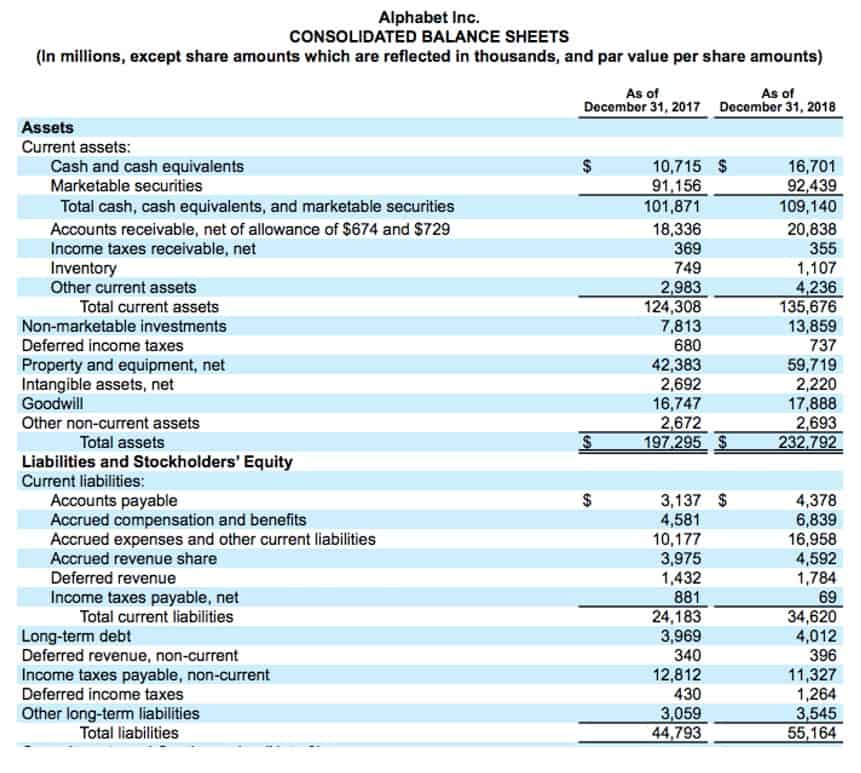
During the month of February, Metro Corporation earned a total of $50,000 in revenue from clients who paid cash. An asset is a resource that is owned or controlled by the company to be used for future benefits. Some assets are tangible like cash while others are theoretical or intangible like goodwill or copyrights. Below is a break down of subject weightings in the FMVA® financial analyst program. As you can see there is a heavy focus on financial modeling, finance, Excel, business valuation, budgeting/forecasting, PowerPoint presentations, accounting and business strategy. For example, if a company becomes bankrupt, its assets are sold and these funds are used to settle its debts first.
Accounting Equation In Income Statement
- As you can see, no matter what the transaction is, the accounting equation will always balance because each transaction has a dual aspect.
- Not only does the accounting equation underpin all accounting entries, but it also forms the exact structure of one of accounting’s most important reports – the balance sheet.
- The inventory (asset) of the business will increase by the $2,500 cost of the inventory and a trade payable (liability) will be recorded to represent the amount now owed to the supplier.
- It lets you easily create e-invoices by clicking on the Generate e-Invoice button.
- Examples include cash, investments, accounts receivable, inventory, supplies, land, buildings, equipment, and vehicles.
These elements form the foundation of financial accounting and provide a complete view of a company’s financial standing. It is a tool for tracking inflows and outflows of funds in company accounts. Unlike detailed financial reports, this method provides a broader view of financial transactions, summarizing them into a balanced equation. Many managers struggle with discrepancies in their financial Bookstime statements, often caused by errors in calculating assets, liabilities, or equity. These mistakes can lead to misinformed decisions, financial instability, or regulatory non-compliance. Additionally, it doesn’t completely prevent accounting errors from being made.
Fixed Assets
Accounting equation describes that the total value of assets of a business entity is always equal to its liabilities plus owner’s equity. This equation is the foundation of modern double entry system of accounting being used by small proprietors to large multinational corporations. Other names used for this equation are balance sheet which of the following is the basic accounting equation? equation and fundamental or basic accounting equation. The balance sheet is also known as the statement of financial position and it reflects the accounting equation. The balance sheet reports a company’s assets, liabilities, and owner’s (or stockholders’) equity at a specific point in time.
Assets
A corporation’s own stock that has been repurchased from stockholders. Also a stockholders’ equity account that usually reports the cost of the stock that has been repurchased. This is a contra owner’s equity account, because it has a debit balance if draws were made. Even though it is a balance sheet account, it is a temporary account. At the end of each year the account’s debit balance is closed to J.
- Any change in the asset account, there should be a change in related liability and stockholder’s equity account.
- Discover how it simplifies the accounting equation and effortlessly ensures your business stays balanced and compliant.
- Put another way, it is the amount that would remain if the company liquidated all of its assets and paid off all of its debts.
- Once you are done with these lessons be sure to check out the final lesson on the accounting equation and financial position, which will give you more info and certainty about this key concept.
- The earning of revenues also causes stockholders’ equity to increase.
Accounting Equation for a Sole Proprietorship: Transactions 3-4

The owner’s equity is the share the owner has on these assets, such as personal investments or drawings. Once you are done with these lessons be sure to check out the final lesson on the accounting equation and financial position, which will give you more info and certainty about this key concept. XYZ Corporation has assets of $1,000,000, liabilities of $500,000, and equity of $500,000. This means that for every dollar of assets, the company has $0.50 of liabilities.
Drawings are amounts taken out of the business by the business owner. Unearned revenue from the money you have yet to receive for services or products that you have not yet delivered is considered a liability. If the revenues earned are a main activity of the business, they are considered to be operating revenues. If the revenues come from a secondary activity, they are considered to be nonoperating revenues. For example, interest earned by a manufacturer on its investments is a nonoperating revenue.

While the balance sheet is concerned with one point in time, the income statement covers a time interval or period of time. The income statement will explain part of the change in the owner’s or stockholders’ equity during the time interval between two balance sheets. If a company keeps accurate records using the double-entry system, the accounting equation will always be “in balance,” meaning the left side of the equation will be equal to the right side. The balance is maintained because every business transaction affects at least two of a company’s accounts. For example, when a company borrows money from a bank, the company’s assets will increase and its liabilities will increase by the same amount.

Likewise, revenues increase equity while expenses decrease equity. When a company purchases goods or services from other companies on credit, a payable is recorded to show that the company promises to pay the other companies for their assets. A liability, in its simplest terms, is an amount of money owed to another person or organization. Said a different way, liabilities are creditors’ claims on company assets because this is the amount of assets creditors would own if the company liquidated. As you can see, assets equal the sum of liabilities and owner’s equity. This makes sense when you think about it because liabilities and equity are essentially just sources of funding for companies cash flow to purchase assets.

